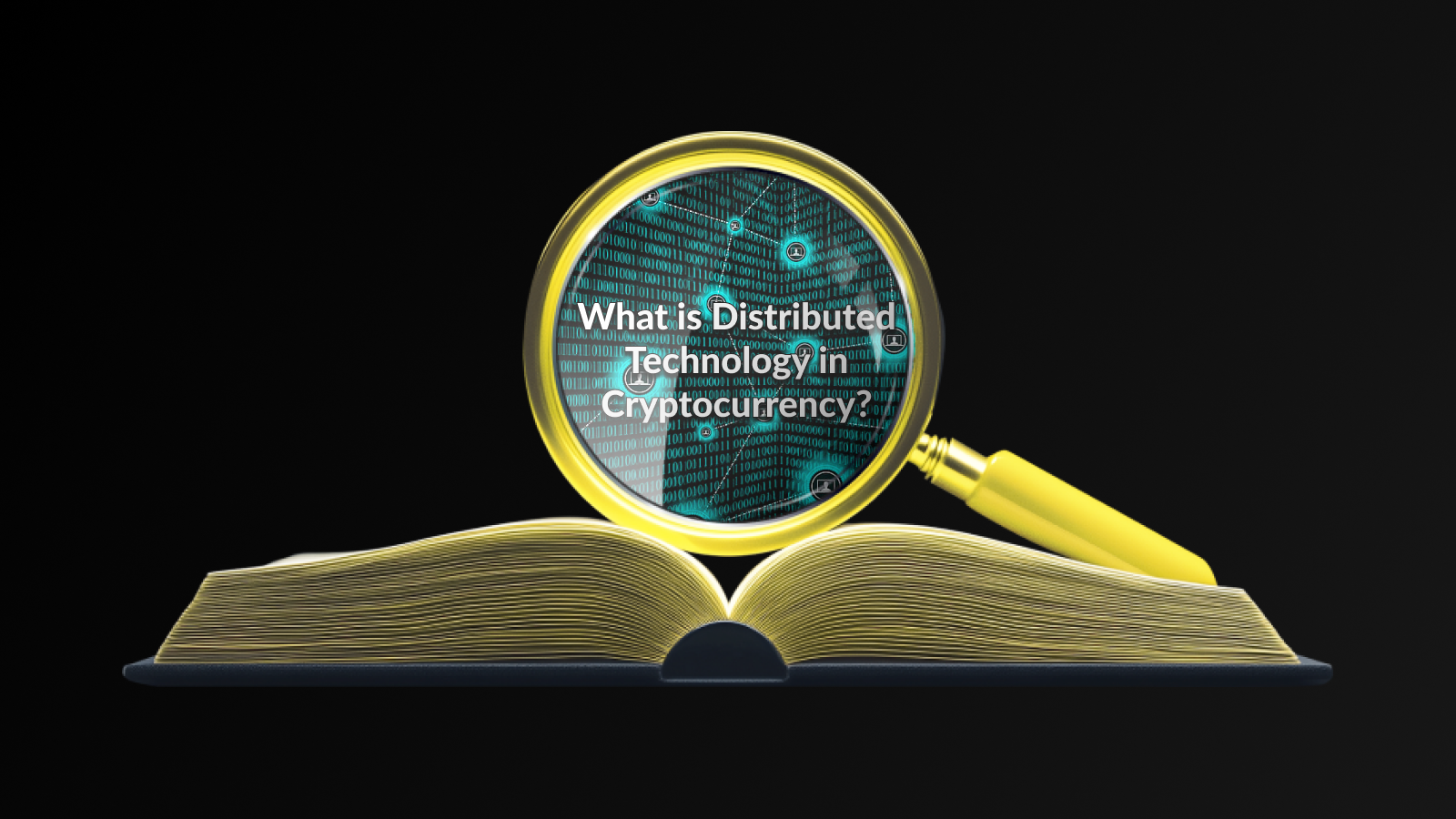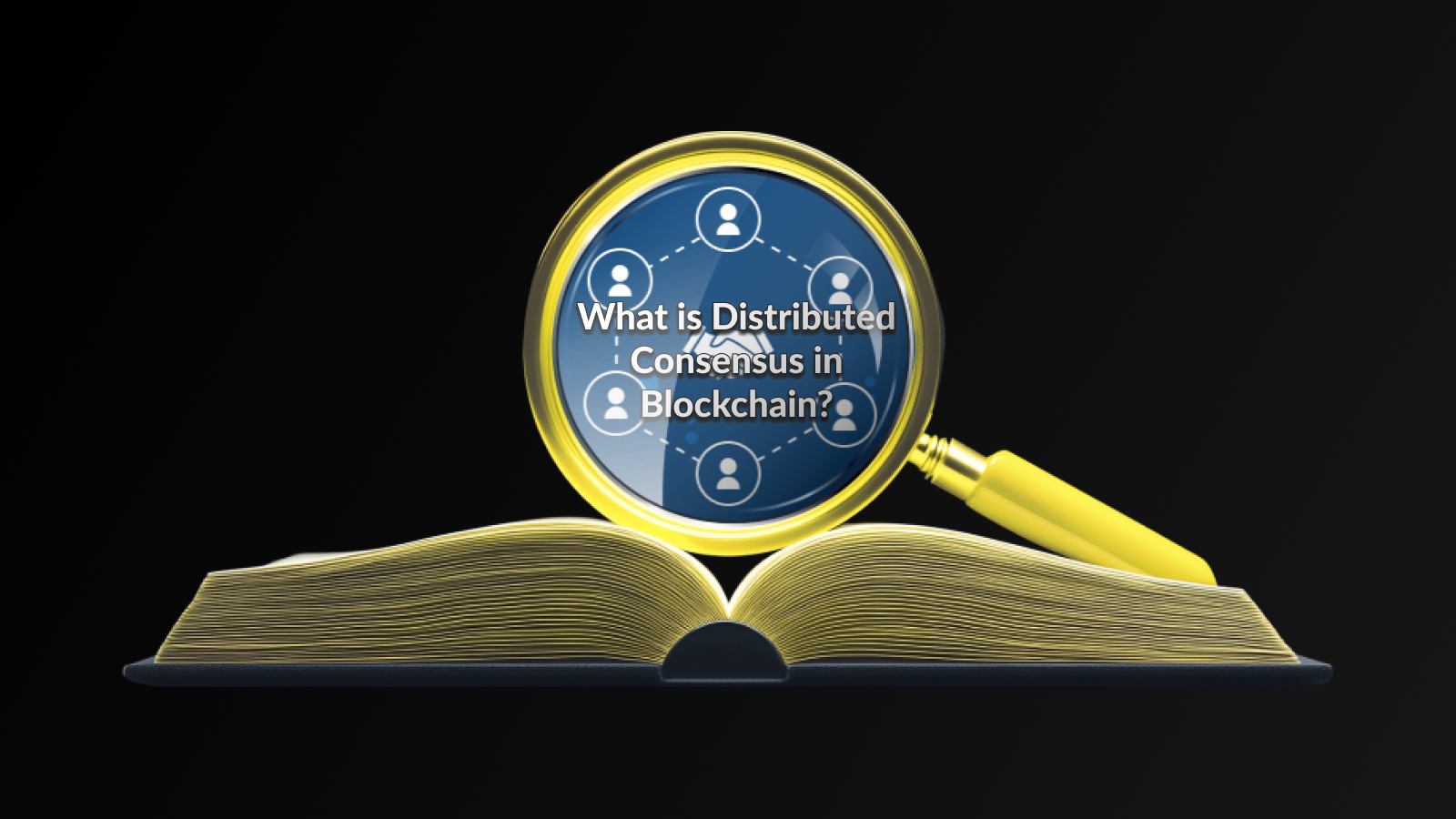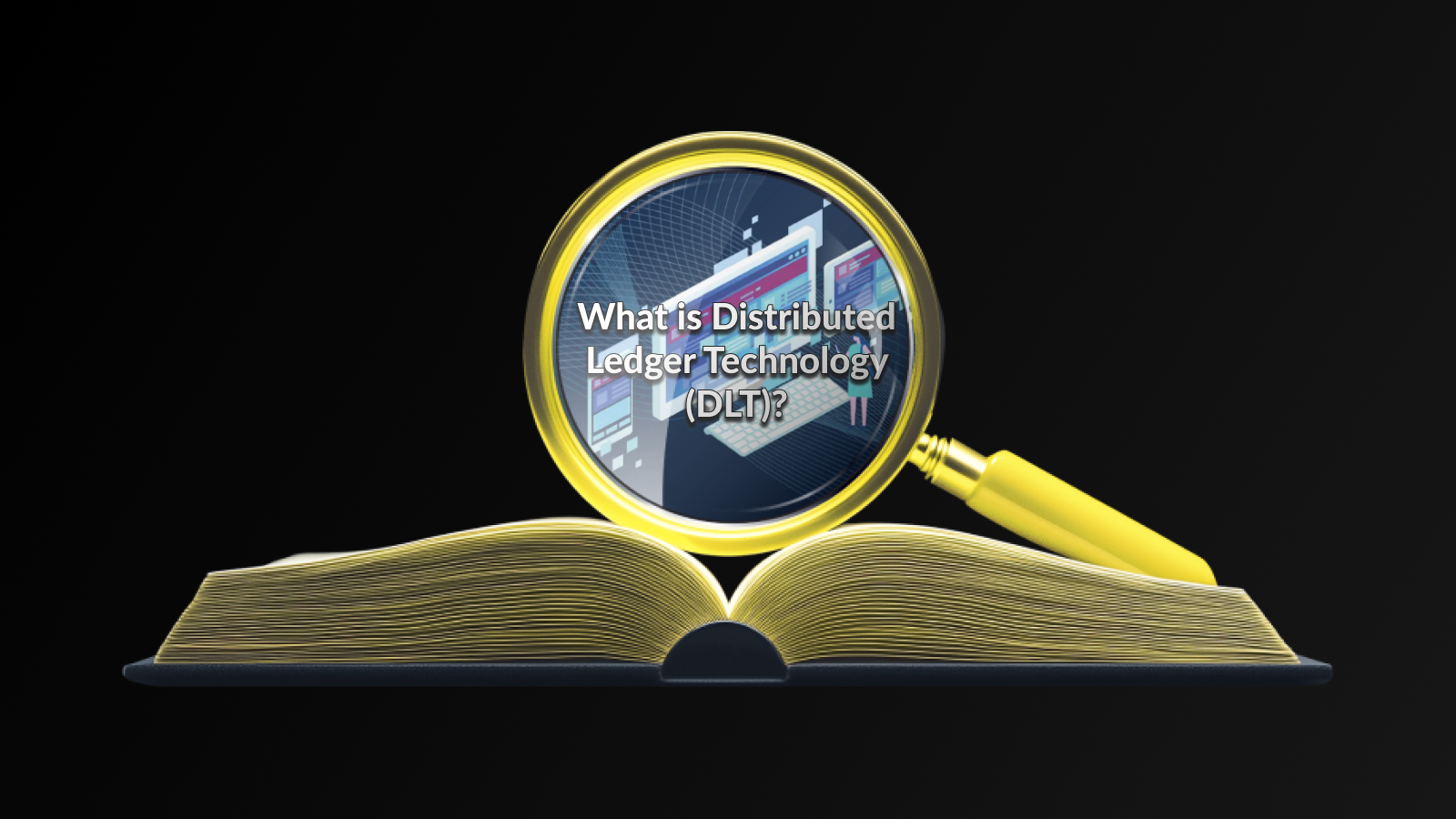Introduction
Distributed Technology in Cryptocurrency fundamentally changes the way we view financial transactions and data ownership. It represents a paradigm shift towards decentralized systems where no single entity has control over the entire network. This decentralization offers enhanced security and reliability, making it an attractive option for both users and developers in the cryptocurrency space. Through networks like blockchain, distributed technology ensures that every transaction is transparent and immutable, thereby fostering trust among users.
The architecture of distributed technologies allows them to operate on a peer-to-peer basis, where numerous nodes work collaboratively to validate and record transactions. This means that instead of relying on a central authority, participants collectively maintain the integrity of the system. As a result, distributed technology in cryptocurrency is instrumental in combating fraud and improving the overall efficiency of digital transactions.
Moreover, the innovative applications driven by this technology extend beyond simple transactions. They open doors to new business models, such as decentralized finance (DeFi) and non-fungible tokens (NFTs), showcasing the vast potential of distributed technology in reshaping the digital economy. In essence, understanding its mechanisms and implications is crucial for anyone looking to navigate the future of finance and technology.
The integration of distributed technology in cryptocurrency is not just a trend; it is a revolutionary movement that is poised to redefine our financial landscape, enabling greater inclusivity and accessibility for all participants in the ecosystem.
How Does Distributed Technology Work in Blockchain?
Distributed Technology in Cryptocurrency operates on a decentralized system that enables multiple nodes (computers) to maintain and verify the integrity of the blockchain. Rather than relying on a single central entity, this technology allows each participant in the network to have a copy of the entire database. This distributed ledger ensures transparency and security, as every transaction is recorded and visible to all users.
Benefits of Distributed Technology in Cryptocurrency
The integration of Distributed Technology in Cryptocurrency offers numerous advantages that significantly enhance the functionality and security of digital transactions. One of the primary benefits is the increased security that comes from decentralized networks. Since no single entity controls the entire network, the risk of fraud and cyberattacks is substantially reduced, making it safer for users to conduct transactions.
Another important advantage is transparency. All transactions executed on a blockchain are recorded in a public ledger, allowing users to verify the integrity of transactions without the need for a central authority. This transparency builds trust among users, which is essential for the widespread adoption of cryptocurrencies.
Additionally, Distributed Technology in Cryptocurrency fosters financial inclusion by providing access to digital financial services to individuals who may not have traditional banking options. This is especially relevant in developing countries where access to banks can be limited, empowering individuals with new economic opportunities.
The efficiency of transactions is greatly improved through distributed technology. With peer-to-peer transactions, users can bypass traditional banking intermediaries, resulting in faster transaction times and often lower fees. This efficiency is not only advantageous for individuals but also beneficial for businesses looking to streamline their operations.
Challenges of Distributed Technology
While Distributed Technology in Cryptocurrency offers numerous advantages, it also faces several challenges that can impede its growth and adoption. Understanding these challenges is crucial for stakeholders in the cryptocurrency ecosystem.
- Scalability Issues: As the number of transactions increases, many blockchain systems struggle to maintain high performance. This limitation can result in slower transaction times and higher fees.
- Energy Consumption: The energy needed for mining processes in several cryptocurrencies has come under scrutiny. High energy consumption can lead to environmental concerns and increased operational costs.
- Regulatory Hurdles: The evolving legal landscape presents challenges as governments around the world grapple with how to regulate cryptocurrencies. This uncertainty can stifle innovation and deter investment.
- Network Security: Although distributed technologies generally provide heightened security, they are not immune to attacks. Issues such as 51% attacks and vulnerabilities in smart contracts pose significant risks.
- Interoperability: The lack of standardization across different blockchain platforms can hinder seamless integration. This challenge makes it difficult for users to transfer assets between various blockchains or utilize multiple systems efficiently.
- Usability: Many users find cryptocurrency wallets and exchanges complex and intimidating. Improving user experience is essential for broader adoption.
Addressing these challenges is vital for the future of Distributed Technology in Cryptocurrency, as overcoming them could lead to increased adoption and a more robust blockchain ecosystem.
Applications of Distributed Technology in Blockchain
Distributed technology in cryptocurrency has numerous applications that are revolutionizing various sectors. One of the most significant applications is in decentralized finance (DeFi), which leverages smart contracts to create financial systems that operate without intermediaries. This allows for increased accessibility and lower transaction costs for users, thereby democratizing financial services.
Another prominent application is in supply chain management. By utilizing distributed technology in cryptocurrency, companies can ensure transparency and traceability of goods from production to delivery. This not only enhances trust between stakeholders but also helps in reducing fraud and errors within the supply chain.
Additionally, the use of distributed ledgers in healthcare is gaining traction. Patient records can be securely stored and shared using blockchain technology, granting access to authorized personnel while ensuring privacy. This application promotes better patient care and streamlined processes within healthcare facilities.
Beyond these sectors, distributed technology is also making waves in voting systems. By implementing blockchain, elections can be conducted with a higher level of security and transparency, mitigating risks of fraud and ensuring that every vote is counted accurately. The immutable nature of blockchain helps in building trust in electoral processes.
Overall, the versatility of distributed technology in cryptocurrency continues to open new avenues for innovation across various industries, fostering greater efficiency and security in operations.
Frequently Asked Questions
What does distributed technology mean in the context of cryptocurrency?
Distributed technology refers to systems that operate across multiple locations or nodes, allowing for a decentralized management of data and operations, which is crucial to the functionality of cryptocurrencies.
How does distributed technology improve security in cryptocurrencies?
By decentralizing data across a network of nodes, distributed technology minimizes the risk of single points of failure and makes it harder for malicious actors to manipulate the data or attack the system.
What role do nodes play in distributed technology?
Nodes are individual computers that participate in the cryptocurrency network, validating transactions and maintaining a copy of the blockchain, which contributes to the overall security and reliability of the system.
How does distributed technology affect transaction speed in cryptocurrencies?
Transaction speed can be influenced by the architecture of the distributed network; while some systems may experience latency due to heavy traffic, others utilize innovative consensus mechanisms to enhance speed and efficiency.
Can you give examples of cryptocurrencies that use distributed technology?
Popular cryptocurrencies that use distributed technology include Bitcoin, Ethereum, and Ripple, each employing unique protocols and structures to facilitate their decentralized networks.
What challenges does distributed technology face?
Challenges include scalability issues, the complexity of achieving consensus among nodes, and managing the energy consumption associated with maintaining a large number of nodes.
What future developments might we see in the realm of distributed technology in cryptocurrency?
Future developments may focus on enhancing scalability, improving energy efficiency, and increasing interoperability between different blockchain platforms to create more integrated ecosystems.
Disclaimer
This article is for informational purposes only and does not constitute financial, investment, or legal advice. Distributed technology and blockchain networks involve technological, regulatory, and security considerations. Always conduct your own research and consult with a licensed professional before engaging in crypto-related activities. Darkex does not guarantee the accuracy or reliability of third-party information referenced in this article.
Click for more educational content





